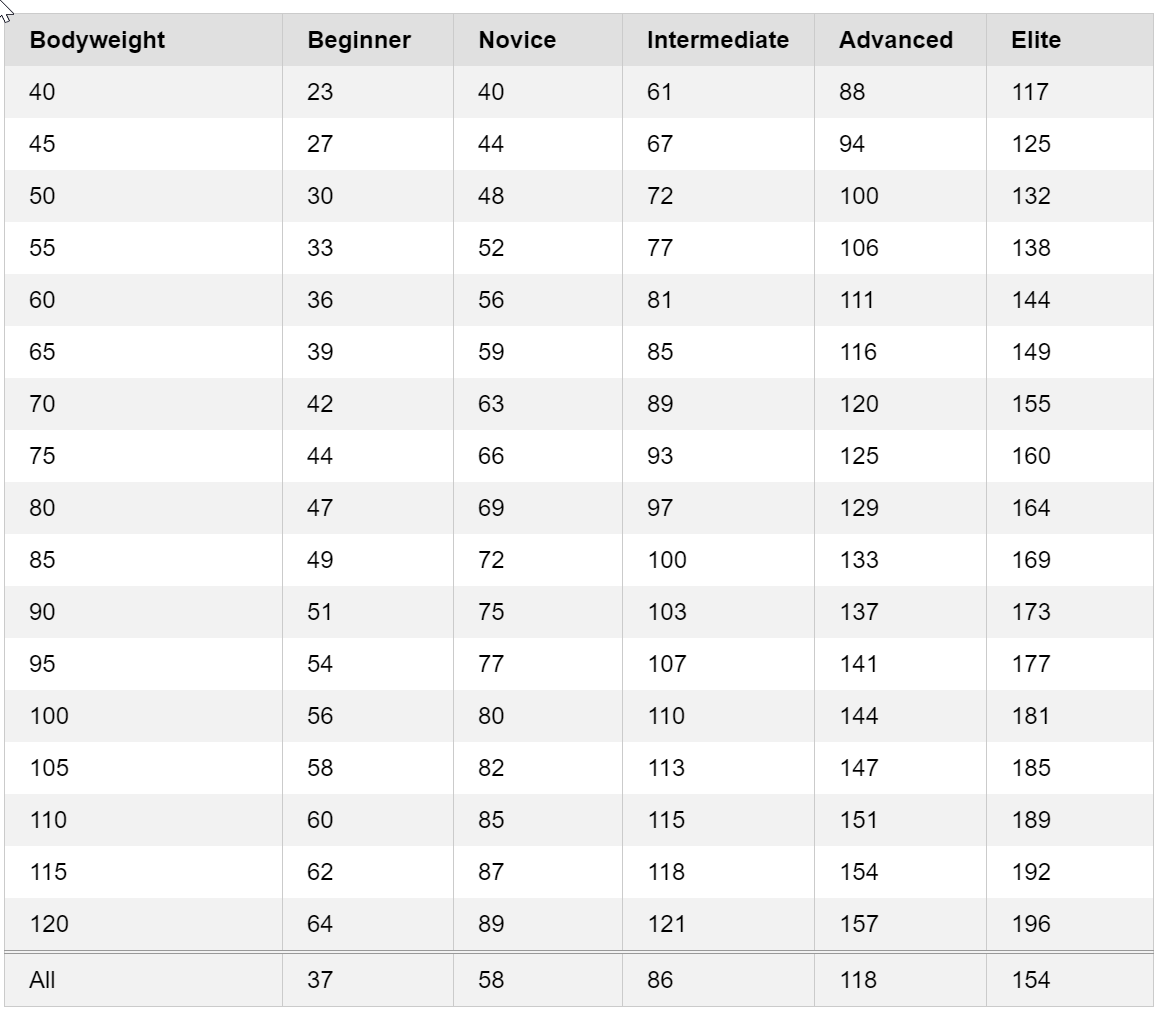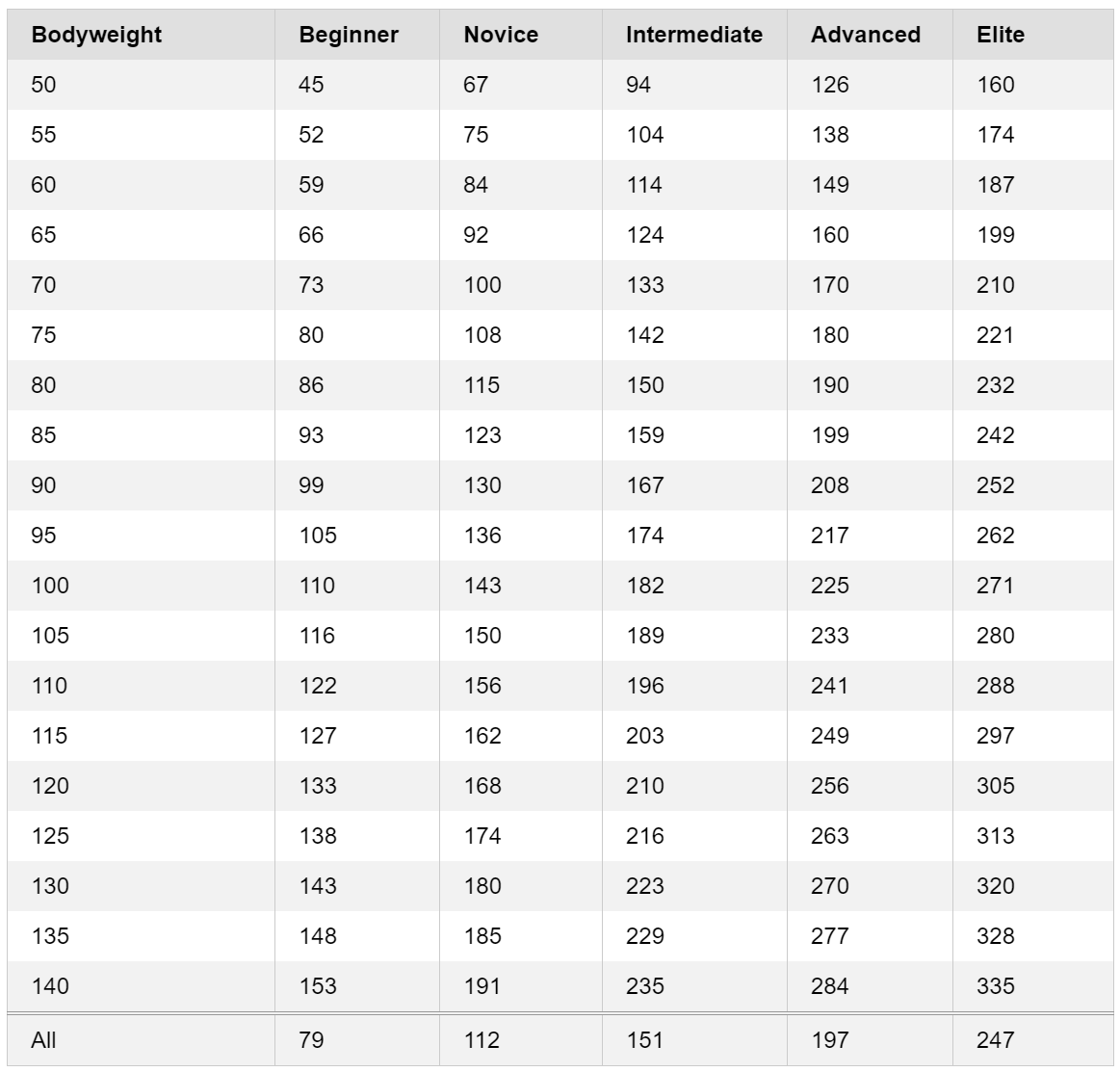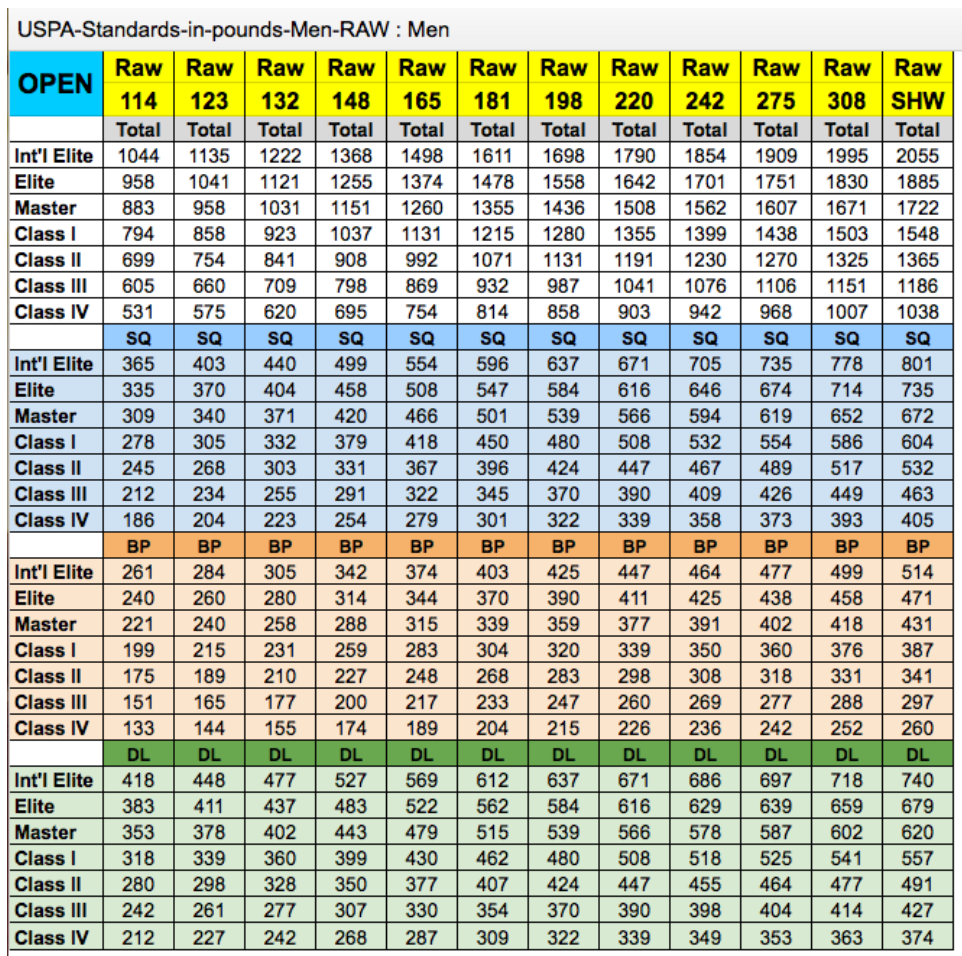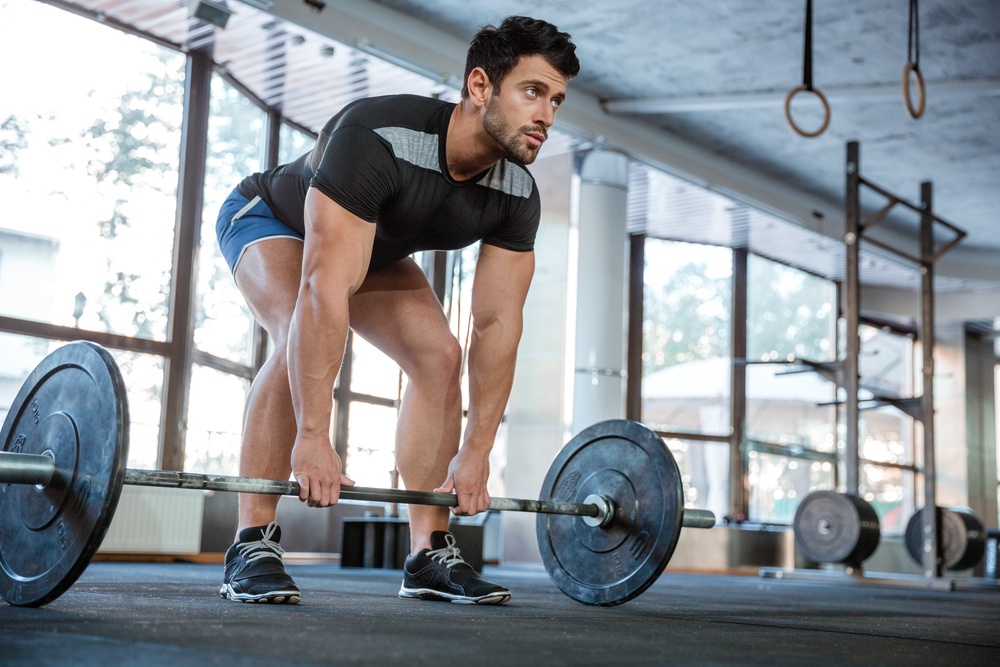Deadlift: How heavy should you go?
Most people will go between 60 - 75% of their body weight when they start. Once you become more advanced this will increase to 1.5 of your body weight. The most elite lifters will perform their training 60 - 75% from 2 times their bodyweight upward.
If you want the most up to date news or ask direct questions, then you can follow me on Instagram.
Why should you deadlift?
How heavy to go on the deadlift is an important decision when you do the exercise. Many factors like gender, age, training age and your goals come into play. The deadlift is a great exercise to build raw strength. Besides, it can be used to build your back. I personally think the deadlift is one of the most fun things to do in the gym. It is not as technically challenging as a good squat or bench press. You can go heavy early. How heavy you go determines what stimulus you use to build your body. So, here are some general guidelines.
How heavy do I go?
When writing this I am sitting at 190kg (418 pounds) personal best at 80kg bodyweight. This is generally considered above average. Not great compared to competitive lifters, but stronger than most average joes. I got there by using the Stronglifts 5x5 program first. After doing it for a year a switched to Wendler 5/3/1.
Deadlifting standards
There are several official and unofficial deadlift standards out there. The danger with standards is that they not necessarily apply to you personally. They do not always consider age, weight, injury history, and other factors. See these as some examples for guidance. If you are more of a numbers person here are the standards for you as tables:
Female

Male

As you can see the heavier you are, the more you should pull. This is physics. You can also see that lifters are divided into four groups. These are the beginner, novice, intermediate, advanced & elite category. These are the standards for the deadlift only.
Beginners have just started out with strength training. They are still learning the movement patterns and use very light weights. Beginners are usually able to increase their workload in each gym session. They can establish a personal record on their lifts every time they walk into training. Lifting programs which help this kind of progression are Starting Strength by Mark Rippetoe and Stronglifts 5x5 by Mehdi. Beginners have usually a training age of less than a year.
Novice lifters have learned the movement patterns and start to progress. They come to the gym regularly and have a certain goal in mind. They experience the first plateaus which can be easily fixed by a
Intermediate lifters have passed the novice stage. This takes place in their second or third training year. Intermediate lifters usually have goals which go beyond the goal of recreation. They are halfway between novice and advanced. Intermediates want to compete in strength related sports or get on the stage on bodybuilding. They have switched programs at least once. Progress is hardly done intra-week and shifts to week over week progress. Good training systems are German Volume training for hypertrophy, Wendler 5/3/1 and its advanced variations, Texas method and its advanced variations and the Juggernaut System. Intermediate lifters will usually have to deal with their first minor injuries.
Advanced lifters have pushed through the plateaus of the intermediate stages. They compete in their first meetings. By
Elite lifters are among the best in their professional team or powerlifting association. They have been training and competing for several years. It is not uncommon to have had one major training-related injury and undergone surgery. Progress is made in quarters to half a year. Recovery periods have to programmed in to minimize injury risk. Another way of looking at it is through a powerlifting total. Here is an example from the United States Powerlifting Association: In day to day training, it is more practical to work with percentages of your bodyweight.

Here are some of the ones which you can find recommended by professional trainers:
Ambitious standards in a percentage of bodyweight for recreational lifters:
- 133% male beginners
- 101% female beginners
- Male advanced 210%
- Female advanced 160%
- Elite Male 260%
- Elite female 200%
Rules of thumb for ambitious lifters based on actual numbers
- Men:
- Decent – 315 lbs or 1.5x bodyweight
- Good – 405 lbs or 2x bodyweight
- Great – 495 or 2.75x bodyweight
Women:
- Decent – 115 lbs or 1x bodyweight
- Good – 185 lbs or 1.5x bodyweight
- Great – 225 or 2x bodyweight
Whatever you do deadlift 400 pounds as a woman or 500 pounds as a man is an exceptional feat. If you want to be really ambitious, strive for these numbers.
How heavy should you go
Depending on your goals you will determine how heavy you will go on the deadlift for training. There are usually three different trains of thoughts:
- Building muscle: 50% - 65% of one repetition maximum at 8 - 12 repetitions per set
- Strength and muscle: 60% to 75% of one repetition maximum at 4 - 6 repetitions per set
- Strength: 70% - 85% of one repetition maximum at 2 - 5 repetitions per set
Most of the programs out there are variations of these basic three ranges. In addition to this, you also have to consider what kind of deadlift you are doing.
- Conventional deadlift
- Sumo deadlift
- Block
pulls - Pin Pulls
- Hex Bar deadlifts
- Snatch grip deadlift
- Romanian deadlift
- Deficit deadlift
We will define the conventional barbell deadlift as the standard exercise for guidance. These numbers are crude to give you guidance. It is always best to test it out yourself.
The conventional and sumo deadlift are usually the standards. These are the deadlifts which powerlifters compete in. Based on your body shape you might prefer one or the other. My sumo deadlift is about 80% of my conventional deadlift. Experienced powerlifters train both and et these two numbers
Block and pin deadlifts shorten the range of motion of the deadlift. This means you can pull heavier to focus on weak parts of the lift. I am usually able to pull 30% more on these exercises than from the ground. Play around with block and pin deadlifts for hypertrophy. Straps should be considered in high repetition ranges for recreational lifters.
I am not an expert for hex bar deadlifts. They are a good alternative for beginners. While getting the training benefits of the deadlift, the hex bar deadlift is less technical. Advanced lifters can use it to give their lower back a rest. When I did them I was able to do a 5x5 at 170kg. SO expect to be able to lift slightly more on the trap bar than with the straight bar. This is due to the added stability of the frame. When you calculate the weight, do not forget that trap bars usually weigh about 30kg instead of the 20kg. The snatch grip deadlift usually hovers around 80% of my conventional deadlift maximum. Your grip is more challenged in the wider position. If you want to train your grip, the snatch grip deadlift is a great variation compared to the more common ones
Conclusion
Most people will go between 60 - 75% of their body weight when they start. Once you become more advanced this will increase to 1.5 of your bodyweight. The most elite lifters will train from 2 times their bodyweight upward. Whatever you do, start slowly and increase over time. Injuries are what keep you back the most. Lifting is all about patience and commitment.
Further reading
- 7 simple ways to gain on the deadlift
- 72 Deadlift Dynamite quotes which will make you pull more
- Can kettlebell swings replace deadlifts?
- Can you squat and deadlift on the same day?
- How to start with deadlifts
Resources
- Deadlift standards
- Strength training 101: The deadlift on NerdFitness
- Heavy Deadlifting 101 on T-Nation
- How much should I be able to deadlift
- How to deadlift with proper form: The definitive guide
- How much are you supposed to deadlift for your bodyweight
- Is deadlifting safe?
- You can deadlift: Your guide to the ultimate exercise


